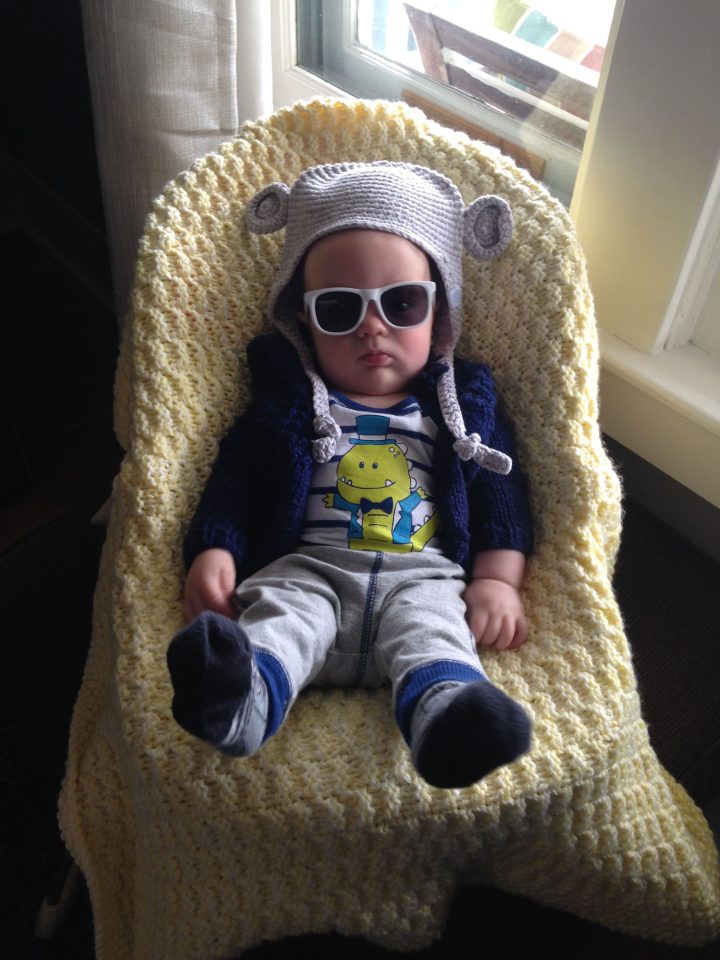I purchased sunglasses for our son when he was just four months old. That summer they protected his baby blues on outdoor adventures from farmers markets to beach days.

What a responsible parent I was!
Well, not exactly. I bought those sunglasses for one reason only: they were the most adorable accessory I had ever seen.
After an eye-opening conversation with Edmonton optometrist Dr. Scott Lopetinsky, I shudder at my superficial stance on sunglasses.
Lopetinsky’s biggest pet peeve is seeing parents come into his clinic wearing sunglasses while their children’s faces are bare. He says approximately 50 to 70 per cent of all UV exposure that happens over a lifetime occurs in childhood. On top of that, a child’s eyes are more susceptible to UV damage because the crystalline lens – which is behind the pupil – isn’t able to absorb UV rays as well as an adult eye.

Get weekly health news
“A lot more of the UV gets through to the back of the eye. That can lead to increased macular degeneration as we’re older, increased cataracts and it can also cause increased skin cancer around the eyes.”
READ MORE: Here’s why more 6-year-old kids are developing eye problems
Lopetinsky says wearing sunglasses from a young age reduces the risk of these conditions.
Typically, the optometrist doesn’t see the affects of UV damage until later in life but he has seen an increase in eye problems due to screen time. “Web eyes.”
READ NOW: Too much tablet and phone use could put young children at risk of eye problems
The optometrist recommends cutting down on blue light exposure by limiting screen time to less than two hours a day for children under five years old, wearing prescription lenses that block the light and using the 20/20/20 rule (for close-up work, take a break every 20 minutes, look away for 20 seconds and focus on something 20 feet away).
“That 20 seconds actually allows our focusing system to reset itself, so it can then go on to do more focusing,” Lopetinsky said. “It’s not natural for our eyes to focus up close. Our eyes are actually naturally happy when they are looking far away because they don’t have to focus at all.”
Watch below: An Edmonton optometrist describes the growing issues he sees in kids due to an increase in time on screens over the last five to 10 years.

Lopetinsky says a simple check-up can give you a good sense of what’s happening. He recommends parents have their children’s eyes tested at six months, two years and again before they start school. As for sunglasses, he would like to see them on your little one’s faces right from birth – and for the sake of their eyes, not your own amusement.




Comments